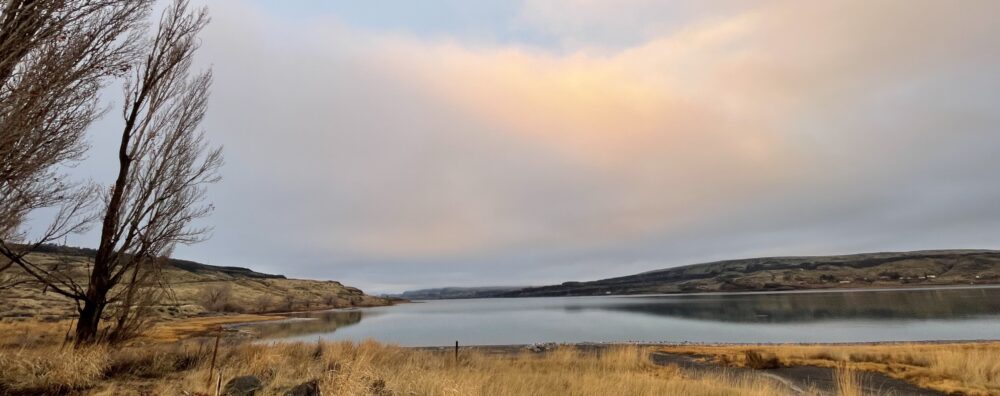
Located in central Washington, Soap Lake is a small, mineral-rich body of water with a fascinating history and unique geological features. 17 million years ago massive volcanic eruptions and lava flows covered the entire Columbia Basin with Basalt. Around 15 thousand years ago, the cataclysmic ice age floods known as the Missouri Floods sent vast amounts of water across the basalt, carving the Channeled Scablands of eastern Washington. It’s considered one of the most dramatic flood-carved landscapes on earth. Soap Lake sits at the botton of the Lower Grand Coulee, an aquamarine lake where the mineral deposits have settled, creating one of the most mineral rich lakes in the world. For centuries it was revered by local Native American tribes who believed in the lake’s healing properties. The waters were used for therapeutic purposes and were often referred to as “Healing Waters”. In the early 20th century the area was a destination for health seekers. Resorts and Spas were built to accommodate, making it a popular health retreat during the 1920’s and 30’s. The minerals the lake provides are unique to the world. It is compared to The Dead Sea, Lake Natron in Tanzania, Mono Lake in California, Lake Assai in Djibouti, the Great Salt Lake and a few others. However, Soap Lake is distinct because of its diverse mineral composition (over 20 types) and its high alkalinity (pH up to 10). This combinations makes Soap Lake stand out for its therapeutic reputation and ecological uniqueness.
“Soap Lake rests sweetly in a beautiful, somewhat sleepy place, nestled against a backdrop of towering basalt cliffs that once served as side panels for an ancient waterfall that left behind a most unusual gift for future generations.”
Kathleen Kiefer – Images of America, Soap Lake
